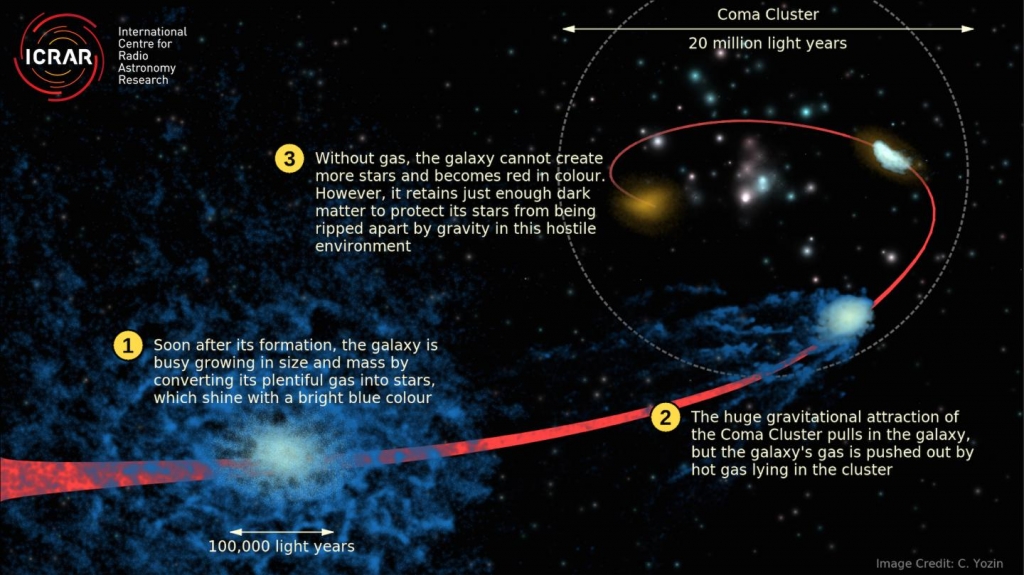-
Tips for becoming a good boxer - November 6, 2020
-
7 expert tips for making your hens night a memorable one - November 6, 2020
-
5 reasons to host your Christmas party on a cruise boat - November 6, 2020
-
What to do when you’re charged with a crime - November 6, 2020
-
Should you get one or multiple dogs? Here’s all you need to know - November 3, 2020
-
A Guide: How to Build Your Very Own Magic Mirror - February 14, 2019
-
Our Top Inspirational Baseball Stars - November 24, 2018
-
Five Tech Tools That Will Help You Turn Your Blog into a Business - November 24, 2018
-
How to Indulge on Vacation without Expanding Your Waist - November 9, 2018
-
5 Strategies for Businesses to Appeal to Today’s Increasingly Mobile-Crazed Customers - November 9, 2018
Massive dark matter in ‘failed’ galaxies detected
Not to prolong the suspense, the astronomer argues the reason the galaxies have not yet been completely obliterated is that they pack about 100 times more dark matter than visible matter.
Advertisement
As per reports, dark matter can not be observed directly, however it is believed to make up almost 84% of the matter in the Universe.
One of the ways this can occur is when a galaxy is pulled into a cluster by the cluster’s huge gravitational force, the researchers say; the galaxy gets pulled in but its hydrogen gas is drawn away, in essence stolen by greater masses of hot gas within the cluster itself.
They likely stopped producing stars – a phenomenon known as “quenching” – when they fell into the giant cluster and have existed as what astrophysicists term “failed” galaxies ever since, he says.
The research, published today, used powerful computer simulations to study galaxies that have fallen into the Coma Cluster, one of the largest structures in the Universe in which thousands of galaxies are bound together by gravity. Many of these simulations were conducted in order to obtain “a feasible range of scenarios” to explain the evolution of the Coma Cluster galaxies.
“Based on our current understanding of the universe and physics, these galaxies must have lots of dark matter protecting the normal matter from being ripped apart by the cluster”.
The astronomer says that, although about the same size as the Milky Way, the Coma Cluster galaxies that he focused on pack merely 1% of the total number of stars documented in our cosmic neighborhood. Each point of light in this image may look like a star but in fact they are, mostly galaxies. “For this, we make the appropriate assumption that these galaxies originally resembled galaxies that have been observed to be similar in mass but reside outside dense environments like the cluster”.
“Falling into a cluster is one way in which this can happen”. An important feature of this model is that most galaxies are dominated in mass by dark matter, but as dark matter is invisible to us, we must rely on indirect evidence of its existence.
“The primary results that arose, include the finding that the aforementioned hydrodynamical interaction causes the galaxies to lose their gas nearly as soon as they fall into Coma”, said Yozin.
In a paper in the journal Monthly Notices of the Royal Astronomical Society, researcher Cameron Yozin proposes an explanation for why these dead galaxies in the Coma Cluster have not yet been destroyed by the gravitational forces acting on them. “We can not presently think of another way in which these galaxies would have survived their fate without that dark matter”.
Advertisement
This research was motivated by the recent observational discovery of these galaxies by an American and Canadian team led Professor Pieter van Dokkum of Yale University.




























